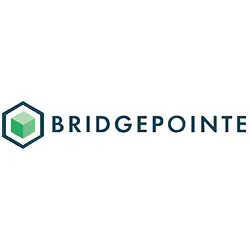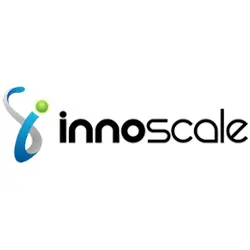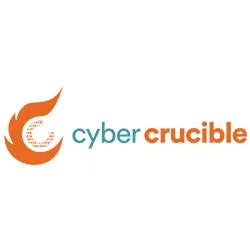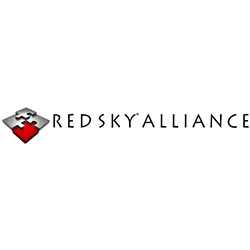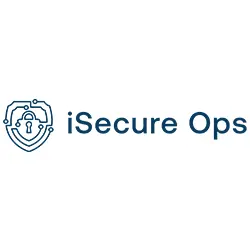Throughout our ZTA Month journey, we've explored the principles, frameworks, and benefits of adopting a Zero Trust architecture. We've discussed identity, microsegmentation, and least-privilege access. But all of these advanced strategies hinge on one simple, foundational question:
Do you know what you need to protect?
If the answer is anything less than a confident, real-time "yes," your Zero Trust initiative is at risk before it even begins. This is where Attack Surface Management (ASM) becomes the true cornerstone of Zero Trust.
Defining the "Protect Surface"
The core idea of Zero Trust, as defined by Forrester, is to eliminate the old, trusted internal network and create a "protect surface" around your most critical data, applications, assets, and services (DAAS). You build micro-perimeters around these critical assets, and then rigorously verify anything and everything that tries to access them.
But you cannot define a protect surface if you have unknown, unmanaged, or forgotten assets exposed to the internet. Shadow IT, forgotten subdomains, abandoned development servers, and misconfigured cloud services all create entry points that exist outside of your intended protect surface. Attackers don't care about your diagrams; they care about your actual, real-world attack surface.
How ASM Provides the Foundation for ZTA
A robust External Attack Surface Management (EASM) platform like TRaViS is the essential first step in any Zero Trust strategy. Here’s how it provides the foundation:
- Establishes Comprehensive Visibility: Before you can enforce policies, you need a complete inventory. ASM platforms continuously scan the entire internet to discover all of your external-facing assets—including the ones your teams have forgotten about. This discovery process provides the complete, accurate map needed to define your protect surface.
- Enables Continuous Verification: Zero Trust is not a one-time setup; it's a continuous process. Your attack surface changes every day as new services are deployed and configurations are modified. An ASM platform continuously monitors this surface, alerting you to new vulnerabilities, exposed ports, and potential security gaps in real-time. This aligns perfectly with the ZTA principle of continuous monitoring and verification.
- Prioritizes Risk: A good ASM solution doesn't just show you assets; it shows you risk. By identifying vulnerabilities, misconfigurations, and potential exposures, it allows you to prioritize your security efforts. You can focus your Zero Trust controls (like stronger IAM or microsegmentation) on the assets that need them most, ensuring an efficient and effective rollout.
- Validates Security Controls: How do you know your Zero Trust policies are working? ASM provides the external validation. By constantly scanning from an attacker's perspective, it verifies that your controls are implemented correctly and that there are no unintended gaps in your defenses.
TRaViS: The Starting Point for Your Zero Trust Journey
Attempting to implement Zero Trust without first mastering your attack surface is like trying to build a fortress on an unknown landscape. You might build strong walls, but you'll inevitably miss the secret tunnels and unguarded gates.
The TRaViS Attack Surface Management platform provides the comprehensive, continuous visibility that is the prerequisite for a successful Zero Trust architecture. By showing you exactly what you look like to an attacker, we empower you to build a security strategy based on reality, not assumptions.
Before you invest in complex policy engines and identity solutions, take the first step: see what you need to protect. Because in the world of Zero Trust, you simply can't protect what you can't see.
.png)
